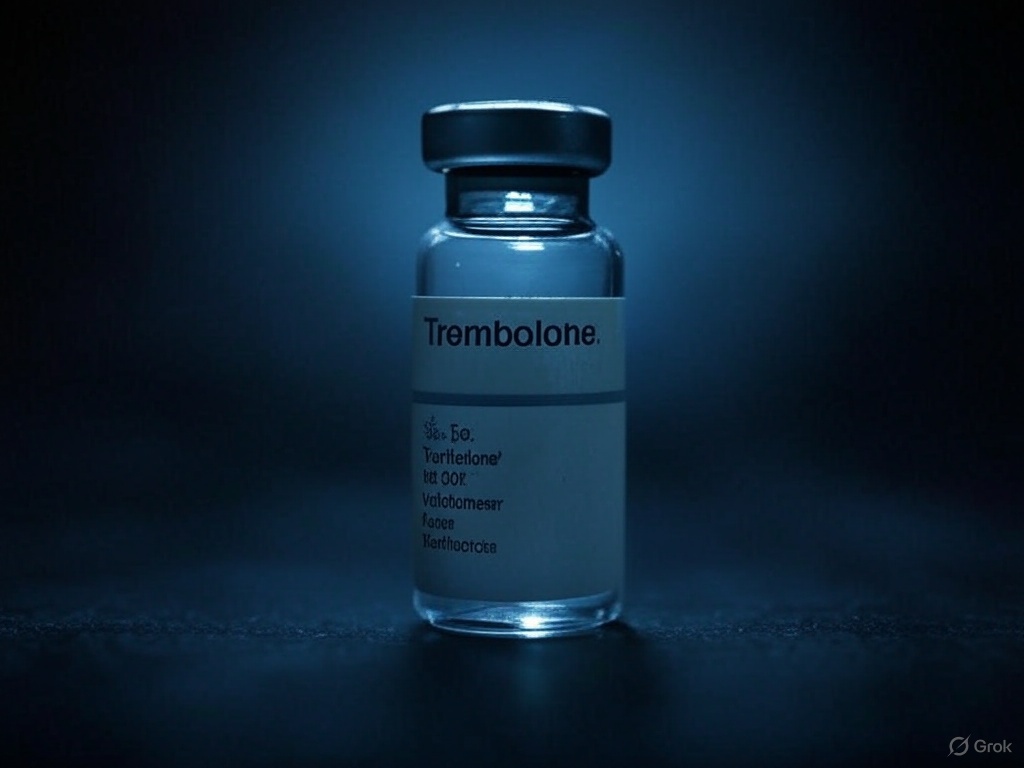Key Points
- Research suggests low vitamin B12 levels can cause serious health issues, including fatigue, neurological problems, and an increased dementia risk, even at levels considered “normal low” (around 200-300 pg/mL).
- It seems likely that maintaining higher vitamin B12 levels, especially in older adults, may help reduce cognitive decline, but the evidence is mixed, with some studies showing no clear link.
- The evidence leans toward a connection between low-normal vitamin B12 and dementia, particularly in the elderly, with recent studies suggesting current “normal” ranges might be too low for optimal brain health.
What Are the Dangerous Effects of Low Vitamin B12?
Vitamin B12 is essential for nerve function and red blood cell production. When levels drop, especially below 200 pg/mL, you might feel tired, weak, or experience numbness in your hands and feet. More worryingly, low levels can affect your brain, leading to memory issues and confusion, which can look like early dementia.
How Are Normal Low Levels Linked to Dementia?
Even if your vitamin B12 is in the “normal” range but on the lower end (200-300 pg/mL), research suggests it might still pose risks. A 2025 study from UCSF found that older adults with lower active B12 had slower thinking speeds and more brain lesions linked to dementia, even with levels above the minimum. This is an unexpected detail, as it challenges the idea that being within “normal” is always safe for brain health.
What Should You Do?
If you’re feeling forgetful or tired, especially as you age, it’s worth talking to a doctor about checking your vitamin B12. They might suggest supplements or injections, particularly if levels are low-normal, to potentially protect your brain.
Survey Note: Detailed Analysis of Low Vitamin B12 and Its Link to Dementia
This note provides a comprehensive exploration of the dangerous effects of low vitamin B12 levels, with a focus on how even levels considered “normal low” may be linked to dementia, based on recent research and clinical insights. The analysis is structured to cover the biochemical role of vitamin B12, its deficiency symptoms, specific ranges associated with cognitive decline, and the ongoing scientific debate, ensuring a thorough understanding for readers interested in medical and health science.
Introduction to Vitamin B12 and Its Importance
Vitamin B12, or cobalamin, is a water-soluble vitamin essential for several bodily processes, including the production of red blood cells, DNA synthesis, and maintaining the health of the nervous system. It is primarily obtained from animal products and fortified foods, and its absorption can decline with age or due to conditions like pernicious anemia. Given its role in neurological function, deficiencies are particularly concerning for cognitive health, with potential links to dementia and cognitive impairment.
Standard Normal Range and Deficiency Thresholds
The typical normal range for vitamin B12 levels in the blood is generally considered to be between 200 and 900 picograms per milliliter (pg/mL), with some variation depending on the laboratory. However, recent research suggests that this range may not be optimal for all, especially older adults. For instance, a desirable threshold for elderly adults is often cited as between 300 and 350 pg/mL, with levels below 200 pg/mL typically classified as deficient. The World Health Organization (WHO) has used a cutoff of less than 203 pg/mL since 2008 for deficiency, but some studies suggest neurological symptoms may appear at higher cutoffs, around 298-350 pg/mL, due to poor myelination.
| Vitamin B12 Range (pg/mL) | Classification | Relevance to Cognitive Health |
|---|---|---|
| < 203 | Low (Deficient) | Considered deficient, linked to neurological symptoms |
| 200-300 | Normal Low | May be associated with cognitive decline, per recent studies |
| 300-350 | Desirable for Elderly | Suggested threshold to prevent neurological issues |
| 350-900 | Normal High | Generally safe, but active B12 levels matter |
This table highlights the ranges and their potential implications, showing that even within the normal range, lower levels might pose risks.
Symptoms and Dangerous Effects of Low Vitamin B12
Low vitamin B12 levels can manifest in a variety of symptoms, many of which affect both physical and mental health. Common symptoms include:
- Fatigue and Weakness: Due to reduced red blood cell production, leading to anemia.
- Neurological Issues: Numbness, tingling in hands and feet (peripheral neuropathy), difficulty walking, and balance problems.
- Psychological Symptoms: Depression, irritability, paranoia, and delusions.
- Cognitive Symptoms: Memory loss, confusion, and mental impairment, which can mimic early dementia.
If left untreated, severe deficiency can lead to irreversible damage, such as degeneration of the spinal cord or permanent cognitive changes, particularly with chronic very low levels (e.g., 50-100 pg/mL). A study from 2020 noted that chronic low levels could be a basis for permanent cognitive changes leading to dementia, emphasizing the need for early detection.
Link to Dementia: Research Findings
The connection between low vitamin B12 levels and dementia has been explored in numerous studies, with a focus on both deficient and low-normal ranges. A study published in the Journal of Neuropsychiatry and Clinical Neurosciences in 2000 found that vitamin B12 deficiency is one of the few treatable causes of dementia, with incidence rates among dementia patients ranging from 29% to 47%. Treatment with vitamin B12 injections showed improvement in cognitive function, particularly in elderly patients.
A 2020 study from Pakistan, published in the NCBI’s PMC database, examined patients with minimal cognitive impairment and dementia, finding that 202 out of 1470 patients had low or lower normal range vitamin B12 levels (200-350 pg/mL) with elevated homocysteine levels, a marker of B12 deficiency. Treatment led to cognitive improvements, suggesting that even mild deficiency within this range could be significant.
Moreover, a systematic review from the British Journal of Nutrition in 2012 assessed prospective cohort studies and found mixed evidence, with some studies showing associations between low vitamin B12 and cognitive decline, particularly when using functional markers like methylmalonic acid (MMA) and holotranscobalamin (holoTC).
Recent Study from UCSF: A 2025 Perspective
A particularly relevant study from the University of California, San Francisco (UCSF), published in February 2025, provides new insights into this link. Conducted on 231 healthy participants without dementia or mild cognitive impairment, with an average age of 71, the study found that despite average blood B12 levels of 414.8 pmol/L (well above the U.S. minimum of 148 pmol/L), lower levels of active B12 were associated with slower processing speed and higher volumes of white matter lesions in the brain. White matter lesions are linked to cognitive decline, dementia, and stroke, suggesting that current “normal” ranges may not be sufficient for optimal neurological health. This finding is unexpected, as it challenges the assumption that being within the normal range is always protective, highlighting the need to assess active B12 levels.
Specific Ranges and Dementia Risk
The UCSF study aligns with earlier research suggesting that levels below 300 pg/mL, even within the normal range, may be risky. For example, the 2020 Pakistan study categorized levels as follows:
| Range (pg/mL) | Classification | Patients (%) | Cognitive Improvement with Treatment |
|---|---|---|---|
| 200-350 | Mild Deficiency | 28.7% | Yes, significant improvement |
| 100-200 | Moderate Deficiency | 56% | Yes, notable improvement |
| 50-100 | Severe Deficiency | 15.3% | Some refractory changes, less improvement |
This table shows that even mild deficiency (200-350 pg/mL) can impact cognition, supporting the idea that “normal low” levels are not benign.
Controversy and Ongoing Debate
The link between vitamin B12 levels and dementia is not without controversy. A 2021 study from Denmark, published in the Journal of Alzheimer’s Disease, found no association between low plasma B12 levels (<200 pmol/L) and the risk of Alzheimer’s disease or other dementias, suggesting that routine screening may not be warranted. This discrepancy may arise from differences in study design, population demographics, and the use of serum B12 versus functional markers like MMA and homocysteine. The UCSF study calls for redefining deficiency using functional biomarkers, indicating an ongoing need for research to clarify these relationships.
Implications for Prevention and Treatment
Given the potential link, especially for older adults, maintaining adequate vitamin B12 levels is crucial. Dietary sources include meat, eggs, dairy, and fortified cereals, but supplementation (oral or injections) may be necessary for those with absorption issues, such as vegetarians, vegans, or individuals with pernicious anemia. The UCSF study recommends considering supplementation for older patients with neurological symptoms, even if levels are within normal ranges, to prevent cognitive decline.
Conclusion
In summary, low vitamin B12 levels pose significant risks, including fatigue, neurological symptoms, and an increased likelihood of cognitive decline and dementia, particularly at levels considered “normal low” (200-300 pg/mL). Recent research, such as the 2025 UCSF study, suggests that current definitions of normal may be insufficient, advocating for a reevaluation using functional biomarkers. While the evidence is mixed, the potential for early intervention makes regular screening and maintenance of adequate levels a prudent approach, especially for at-risk populations.
This detailed analysis underscores the importance of awareness and proactive health management, ensuring readers are equipped with the latest scientific insights to discuss with healthcare providers.
Key Citations
- Vitamin B12 Deficiency: Symptoms, Treatment and More
- Low Vitamin B12 Levels: An Underestimated Cause Of Minimal Cognitive Impairment And Dementia
- Vitamin B12 status, cognitive decline and dementia: a systematic review of prospective cohort studies
- Dementia Associated With Vitamin B12 Deficiency
- ‘Healthy’ Vitamin B12 Levels Not Enough to Ward Off Neuro Decline












